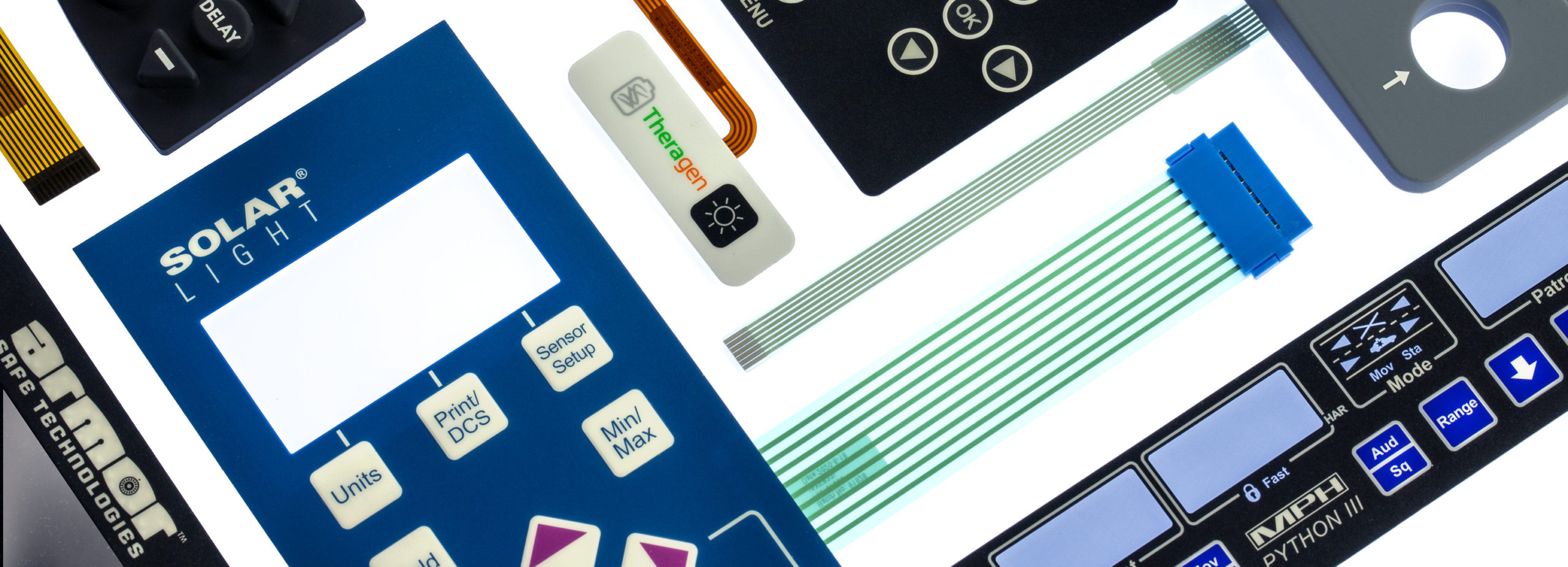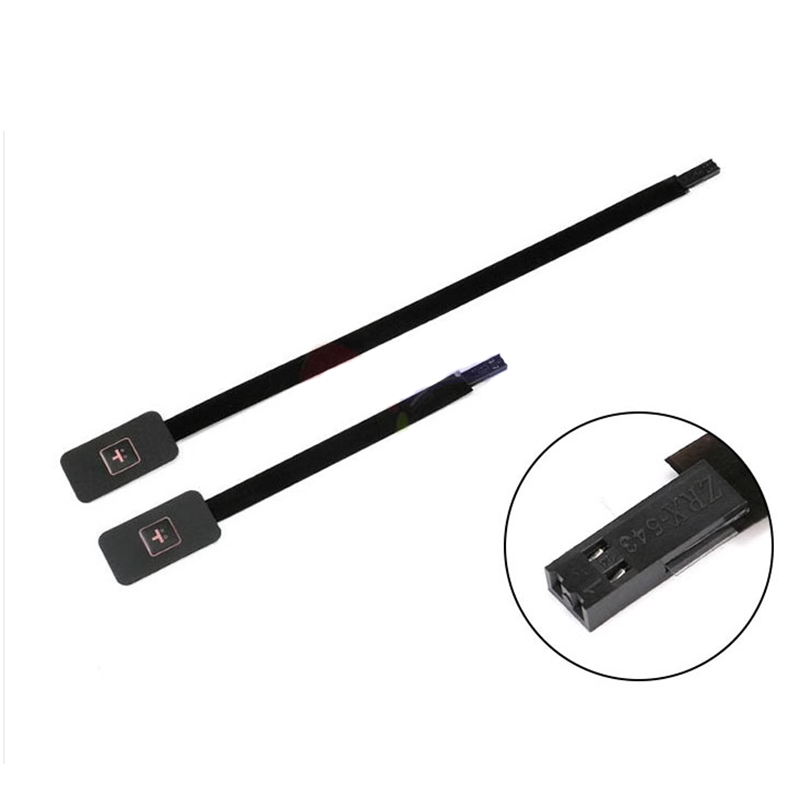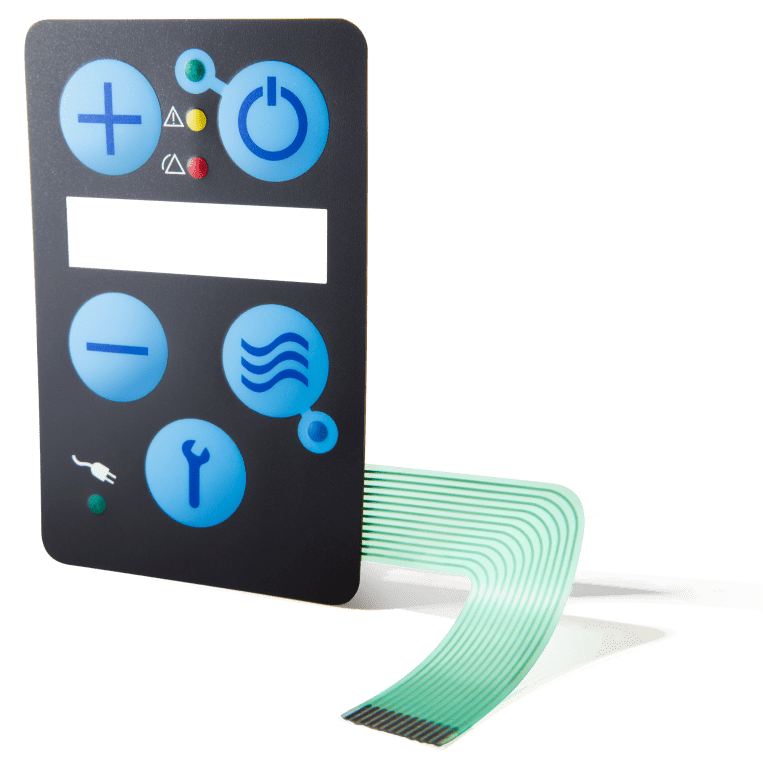How Membrane Switches Help with the Success of Connected Appliances
How Membrane Switches Help with the Success of Connected Appliances
Blog Article
Membrane Layer Switch Over Modern Technology: The Trick to Reputable and Economical Interfaces
Membrane layer switch technology has emerged as a crucial component in the layout of user interfaces, providing both reliability and cost-effectiveness across a diverse array of applications. As we explore the complex benefits of membrane layer switches, their potential for technology raises questions regarding future applications and developing fads.
Recognizing Membrane Layer Switch Over Technology
Membrane button innovation is a commonly utilized interface option in various digital tools, offering a smooth mix of functionality and style. This innovation includes several layers of materials, generally being composed of a graphic overlay, spacer layer, and a circuit layer. The graphic overlay presents the interface components, while the spacer layer divides the circuit layer from the overlay until a user activates a switch.
When pressure is related to the overlay, the circuit layer finishes the electric circuit, sending out a signal to the tool. This system enables for various arrangements, including tactile responses and backlighting choices, enhancing customer interaction. Membrane layer switches are typically produced making use of sturdy products such as polyester or polycarbonate, making certain long life and resistance to ecological factors like wetness and dirt.
The convenience of membrane layer changes enables their application in varied industries, consisting of clinical devices, customer electronics, and industrial controls. Their small layout enables integration right into space-constrained environments, giving an efficient interface without endangering aesthetic charm. Comprehending the details of membrane switch technology is essential for makers and developers seeking to develop reliable and effective human-machine user interfaces.
Key Advantages of Membrane Switches
While numerous interface services exist, membrane layer switches over deal unique benefits that make them a preferred choice in various applications. Among the key advantages is their sturdiness; membrane layer buttons are designed to endure extreme ecological problems, including wetness, dust, and temperature variations, guaranteeing durable performance. This durability considerably lowers the requirement for regular substitutes, thereby reducing total upkeep expenses.

Additionally, membrane layer buttons are light-weight and small, making them ideal for applications where space is limited. Their inconspicuous layout adds to a streamlined look without jeopardizing capability.
Cost-effectiveness is also a noteworthy advantage, as the production process for membrane switches over tends to be much less expensive contrasted to standard mechanical switches. This price, integrated with their reliability and convenience of setup, positions membrane layer changes find out here now as a useful remedy for a wide variety of sectors seeking effective and effective user interfaces.
Applications Throughout Various Industries
How do membrane layer switches adjust to the diverse demands of different sectors? Membrane button innovation is increasingly acknowledged for its flexibility, making it ideal for a large range of applications throughout multiple markets. In the medical field, membrane layer switches are used in analysis devices and person tracking tools, where their sturdiness and convenience of cleansing are important for maintaining health criteria. The automobile sector employs these switches in control panels and control board, providing a streamlined visual while ensuring easy to use procedure.
In customer electronics, membrane switches offer a portable remedy for remote controls and home appliances, go now improving individual experience via intuitive design. In addition, the industrial sector leverages membrane layer buttons for equipment control panels, benefiting from their resistance to extreme settings, such as wetness and dirt.
Armed forces and aerospace applications additionally make use of membrane layer switches for their reliability and ability to endure extreme conditions, guaranteeing operational effectiveness in important situations. The food and drink market adopts these switches for automated systems, where sanitation and convenience of operation are paramount (membrane switch). Eventually, membrane buttons are tailored to satisfy the one-of-a-kind demands of each market, confirming their important function in modern-day technology interfaces
Layout and Modification Alternatives

In the world of membrane button technology, layout and customization options play an essential pop over to this site duty in improving capability and user interaction. These switches can be customized to satisfy certain operational needs and visual preferences, making them flexible components in numerous applications.
One of the primary modification options is the format of the switch itself, which can be designed to suit special user interfaces and ergonomic factors to consider. By adjusting the form, size, and setup of buttons, suppliers can create instinctive designs that promote ease of usage. Additionally, the unification of different shades and visuals overlays permits branding and boosted visibility, making sure that users can swiftly recognize features.
Furthermore, membrane buttons can be engineered with various responsive responses mechanisms, such as raised switches or distinct clicks, to enhance the individual experience. Various products can likewise be chosen for sturdiness and ecological resistance, attending to factors such as dampness, temperature level variations, and chemical exposure.
Inevitably, the extensive layout and customization choices offered in membrane layer switch innovation encourage organizations to produce customized remedies that not only satisfy useful requirements however likewise align with their branding and functional demands.

Future Fads in Membrane Layer Switches
As membrane switch technology remains to evolve, future fads are increasingly focused on boosting user experience and integrating sophisticated capabilities. One substantial fad is the integration of touch-sensitive and capacitive technologies into standard membrane layer switches. This development permits more user-friendly individual interfaces, supplying responsive responses while maintaining a smooth design.
Another emerging trend is the usage of eco-friendly materials, driven by the growing need for lasting manufacturing techniques. Suppliers are seeking to reduce their carbon footprint by utilizing recyclable substrates and low-impact inks, aligning with international sustainability objectives.
Additionally, the increase of the Web of Things (IoT) is prompting the unification of wise functions into membrane layer switches. Enhanced connectivity choices will certainly make it possible for gadgets to interact with each other, enabling smooth assimilation right into wider systems.
Furthermore, developments in printing technologies, such as digital printing, are enabling better style versatility and modification. This makes it possible for makers to create detailed styles and vibrant colors cost-effectively.

Verdict
In conclusion, membrane layer switch modern technology represents a crucial development in customer interface design, supplying significant benefits in durability, customization, and cost-effectiveness. As improvements proceed to emerge, specifically in touch-sensitive user interfaces and sustainable materials, the possibility for membrane changes to boost user experience and capability stays encouraging.
Report this page